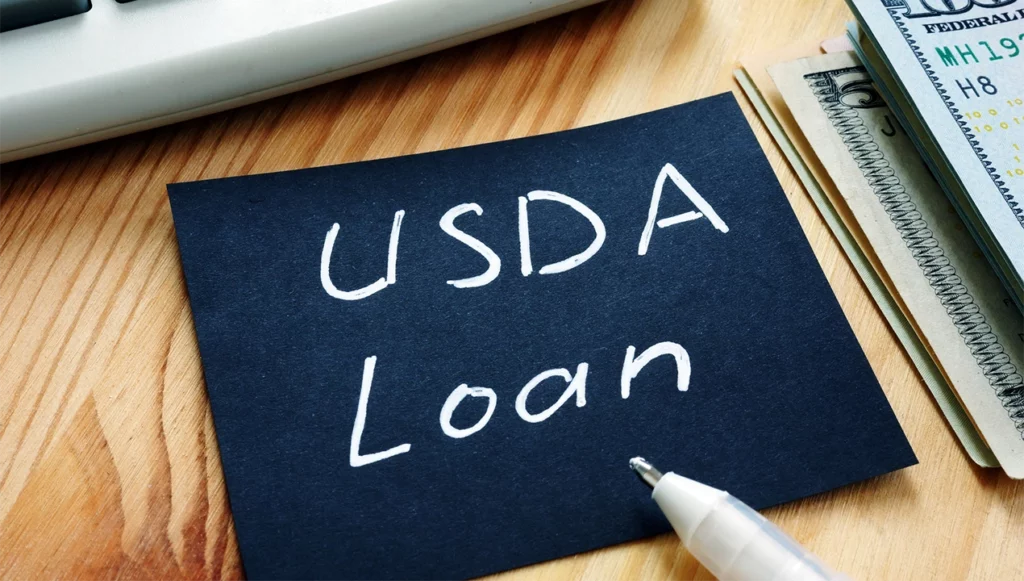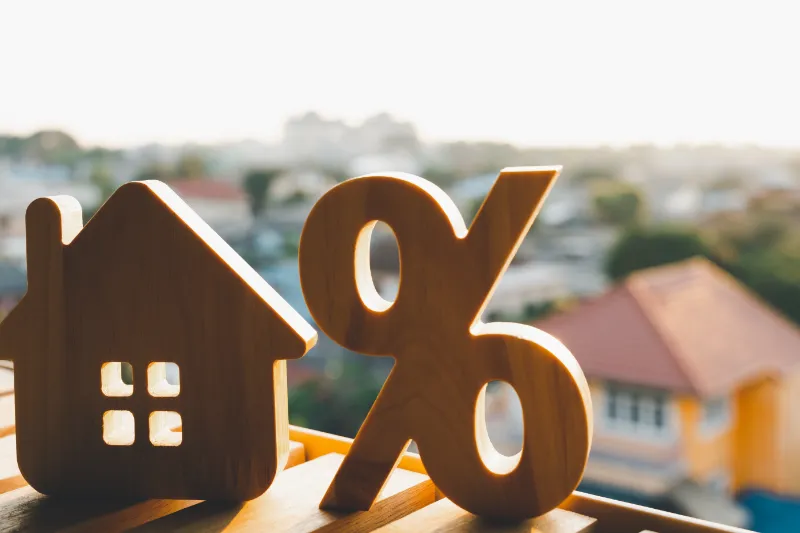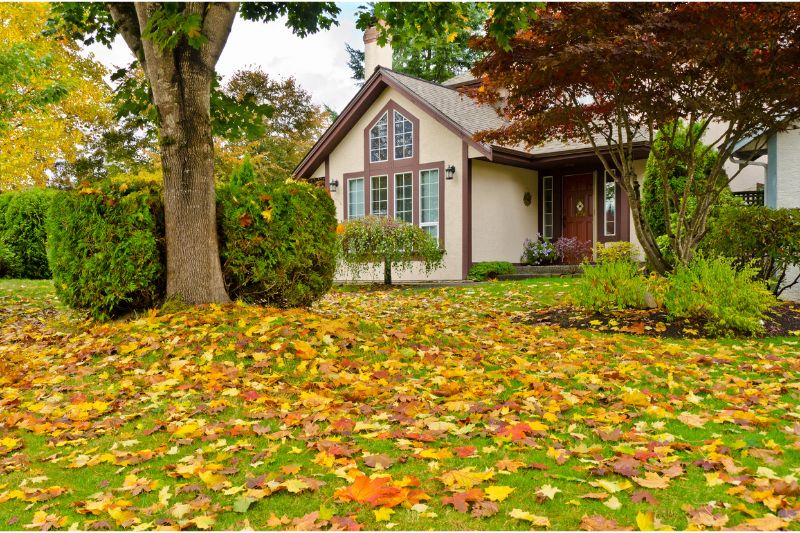Choosing Between a 15-Year and 30-Year Fixed-Rate Mortgage: Which Loan Term is Right for You?…
How to Apply for a USDA Loan
One of the biggest hurdles to attaining home ownership is accumulating funds for a down payment. There are not many loan programs that allow a home purchase without a down payment, but in the right situation, a USDA loan can be just a ticket for home buyers without a stockpile of cash.
What is a USDA-guaranteed loan?
When you think of USDA – the United States Department of Agriculture – home mortgages don’t typically come to mind. The USDA is most familiar as the agency dealing with food, farms, and forests. But, there is also a department within the USDA whose role is to promote home ownership in rural areas. To achieve that objective, the USDA underwrites and insures mortgage loans for buyers who meet their required criteria.
According to the USDA Rural Development website, “This program helps lenders work with low- and moderate-income households living in rural areas to make homeownership a reality. Providing affordable homeownership opportunities promotes prosperity, which in turn creates thriving communities and improves the quality of life in rural areas.”

Criteria for qualifying for a USDA loan
Two primary criteria must be met to be eligible for a USDA-guaranteed loan. The property must be located in an eligible rural area and the buyers must have a household income that is no greater than the established income limits for the location of the home being purchased.
Eligible property location
While USDA loans are designed for rural homeownership, don’t think that you’ll have to buy a home way out in the country. There are many areas with suburban characteristics that are still eligible for USDA loans.
The reason for this is that the USDA updates its eligibility maps every several years. During the time between updates, cities and towns can grow into the eligible areas transforming them from deeply rural to more suburban.
That being said, to be eligible for a USDA loan, the home must be in an eligible area.
Income limits
USDA loans have maximum household income limits that cannot be exceeded to qualify. Note the keyword – household. All income to all adult members of the household must be disclosed and included in this calculation, whether or not they are all applying for the mortgage. If the total household income exceeds the income limits, a USDA loan is not an option.
There are a few reductions to the household income limits which can help applicants qualify. Children under 18, foster parents and children, residents over age 62, and disabled household members all get an offset that effectively increases the income limit.
Home buyers can sometimes get confused by this household income limit because there is a difference between being eligible for a USDA loan and qualifying for a mortgage. The household income limit applies to being eligible for a USDA loan. Qualifying for the mortgage is another matter. Only borrowers listed on the mortgage application can include their income in qualifying for the mortgage. As an example, imagine a married couple who are home buyers. The wife has income and great credit. The husband also has income, but his credit report shows a low credit score. The decision is made to not include the husband on the mortgage application because his credit doesn’t meet the minimum requirement. For eligibility evaluation, both incomes will be considered. However, only the wife’s monthly income will be used to determine if she qualifies for the mortgage.
Additional criteria
Several additional criteria must be met to qualify for a USDA loan.
Underwriting guidelines are a bit more restrictive than most other loan programs. Credit scores and debt to income ratio are a couple of examples of this.
Applicants must be US citizens, non-citizen nationals, or Qualified aliens.
The home must be used as a primary residence. No second homes or investment properties.
A refinance is allowed only if the existing mortgage is a USDA loan.
The maximum amount cannot exceed the current conforming loan limits for the area in which the home is located.
Farm properties (or those with excessive acreage) are not permitted. This seems a bit counterintuitive for a USDA loan, but the program is not designed to provide financing for agricultural or livestock properties.

Mortgage Insurance and Closing Costs
USDA home loans require both an upfront funding fee and monthly mortgage insurance. The amounts for both are lower than those for an FHA loan. The upfront fee is typically financed into the loan amount. The monthly amount gets added to the mortgage payment each month, increasing the monthly payment a bit.
Closing costs for USDA loans are the same as with a traditional conventional mortgage. One additional benefit of a USDA loan is that these closing costs can be financed into the loan amount if the home appraisal comes in above the purchase price by at least the amount of the closing costs.
Other Considerations
Here are a couple of parting thoughts on USDA loans. One, be aware that you may need to allot more time than other mortgage programs require to get through the processing and underwriting processes. If you’re working with a mortgage broker, it’s likely the mortgage application will have to be sent to a USDA underwriter after the broker’s underwriter has completed the underwrite. Depending on the volume of USDA applications in your area, this can add anywhere from a few days to a few weeks to the approval process. Ask your loan officer about this so you and your real estate agent know what to expect. Two, a USDA loan is a specialized product and your loan officer must be knowledgeable of, and proficient with, this loan type. Be sure to seek out an experienced, trustworthy loan officer – that’s good advice for any mortgage, but particularly meaningful for USDA loans.





